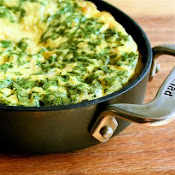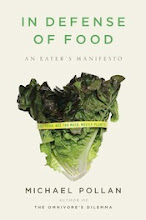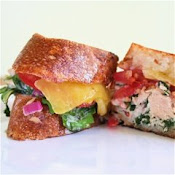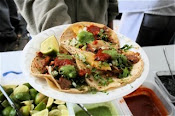Linzer Cookies
Yield=2 Dozen
2/3 cup finely ground almonds
2 cups all-purpose flour
½ cup almond flour*
½ teaspoon baking powder
½ teaspoon kosher salt
¼ teaspoon cinnamon
1 cup (2 sticks) softened butter
½ cup packed light brown sugar
1 large egg
1 teaspoon vanilla
raspberry or strawberry jam as needed
*another ½ cup of very finely ground almonds or ½ cup of all-purpose flour can be used in place of the almond flour
In a large bowl, whisk together ground almonds, flours, baking powder, kosher salt and cinnamon. In the bowl of a stand mixer fitted with the paddle attachment beat the butter and brown sugar until light and fluffy. Add the egg and beat until combined and smooth. Add vanilla and beat till smooth. With the machine on low speed, add the dry ingredients to the bowl and beat only until just combined. Turn dough out onto a lightly-floured work surface and pat into two disks. Wrap each with plastic wrap and chill until firm, at least 2 hours.
Preheat oven to 350°F and put oven rack in middle position.
On a lightly-floured work surface roll one of the disks to approximately 1/8 – inch thick. Cut out as many heart shaped cookies as possible and transfer to an ungreased cookie sheet spaced about 1 – inch apart. Place in the oven for approximately 10-15 minutes, or until lightly brown around the edges and golden on top (closer to 15 minutes). Remove from the oven then transfer cookies to cooling racks to cool completely.
Combine all scrap dough into a ball, wrap in plastic and chill while rolling out the next batch. For this batch, cut out the same number of large heart-shaped cookies but cut out the center of each with a smaller heart. Transfer the cookies to another ungreased cookie sheet and bake for 10-15 minutes, watching more closely as these cook more quickly.
I like to bake off the little heart-shaped centers as well, but if you prefer to make more Linzer cookies, combine the centers with the scraps, chill and reroll as many as you are able. Experts might advise to only reroll the dough once because rerolling could cause the cookies to become tough. This may be true, but I find Linzer cookies to be very forgiving in regard to this issue—I reroll until I’m completely out of dough. Note: If I am rolling and cutting cookies and transferring to cookie sheets, I place filled cookie sheets in the freezer or refrigerator until the oven is free.
When the cookies have cooled completely, spread jam onto center of each solid heart-shaped cookie. Don’t spread all the way to the edge—when the cookies are topped the jam will be forced out. Using a fine meshed strainer filled with ¼ cup of confectioners’ sugar (to start), lightly dust the open-centered cookies. Add more sugar to the strainer as necessary.
Carefully sandwich the cookies together (they are very fragile and will crack if pressed too hard) and serve immediately. The cookies can be made days in advance and stored in an airtight container. The assembled cookies can also be made a day in advance but the presentation will not be as beautiful: the confectioners’ sugar gets absorbed and smudged and it is hard to re-dust without disassembling the cookies. They are still delicious, however. Enjoy!
















